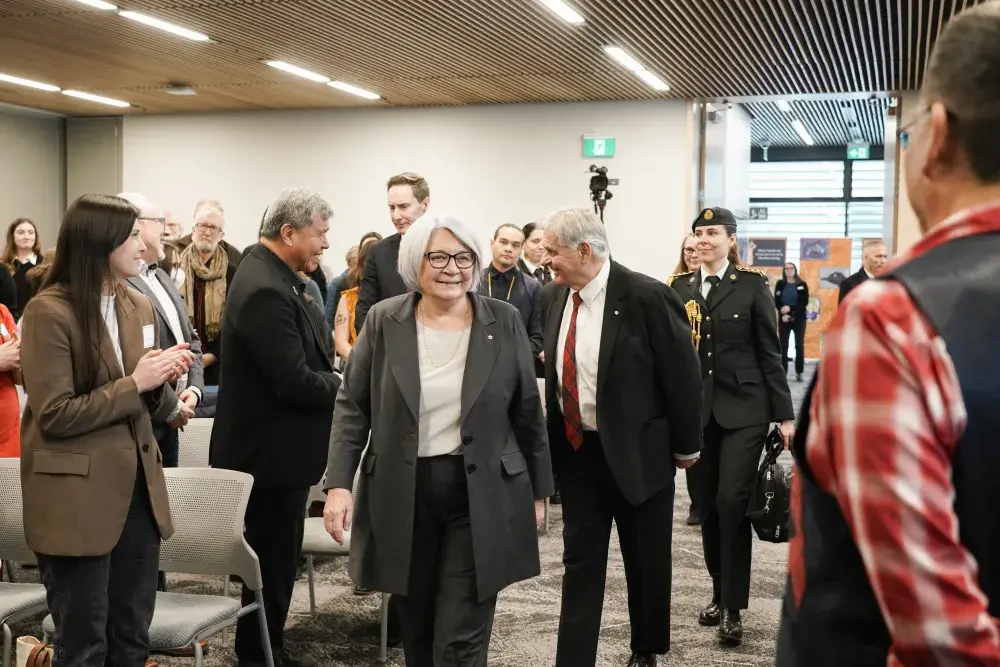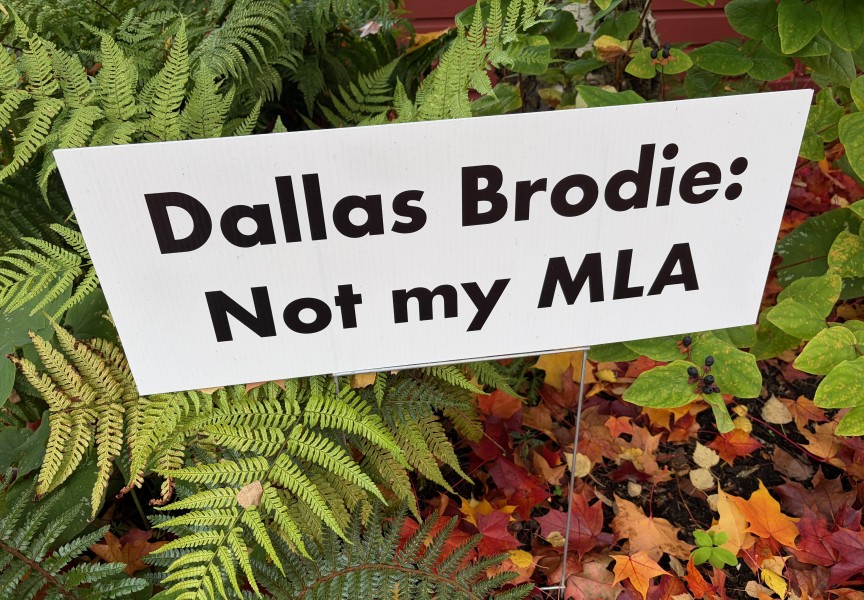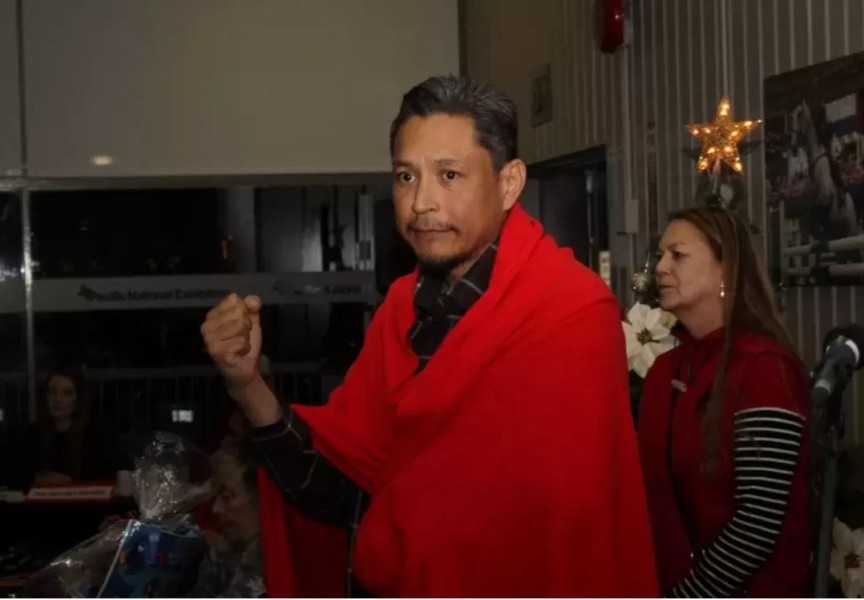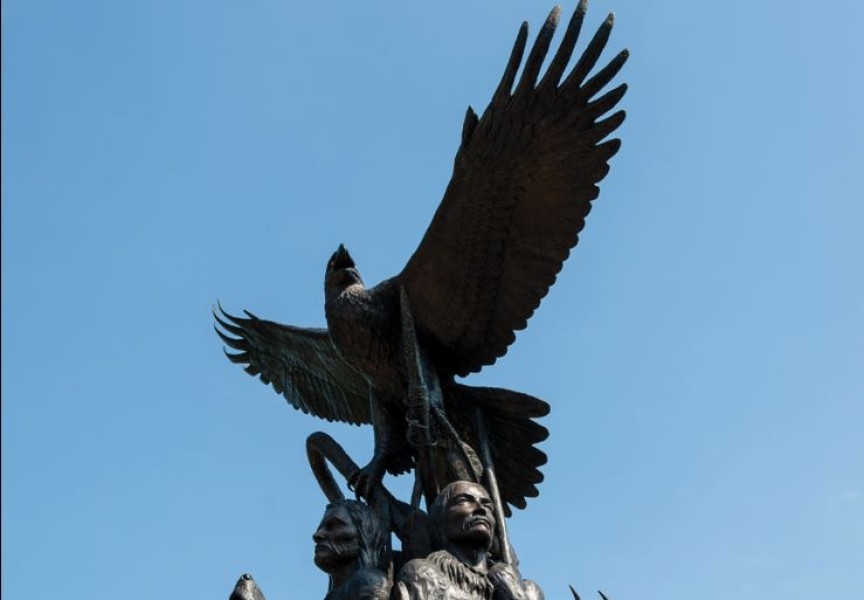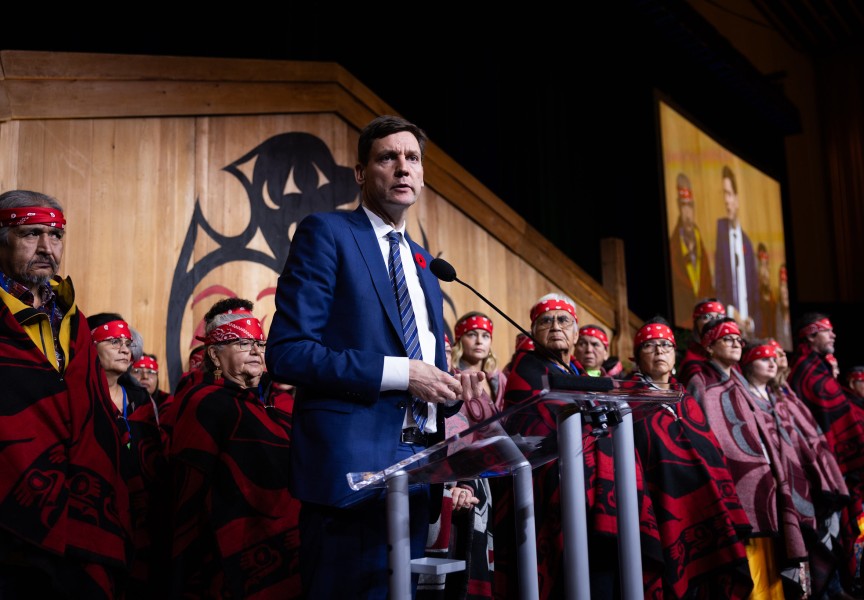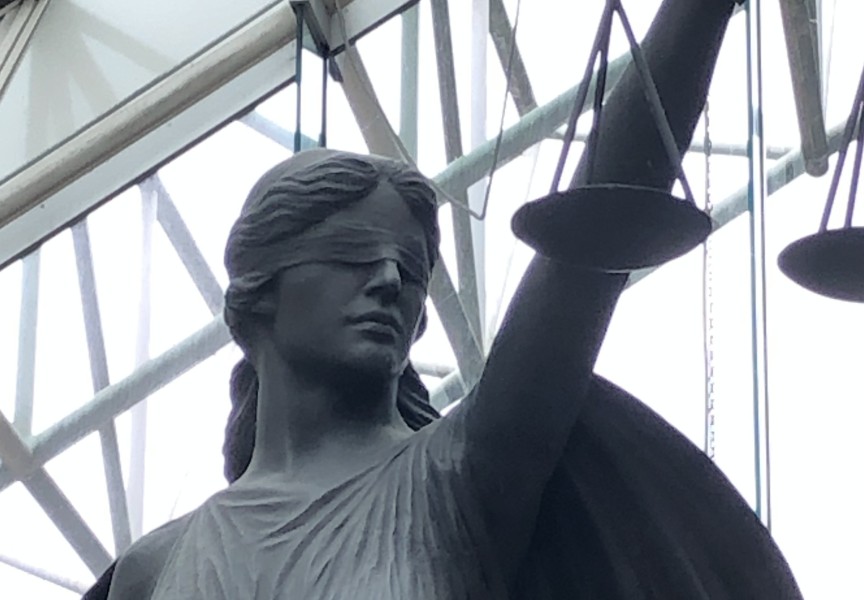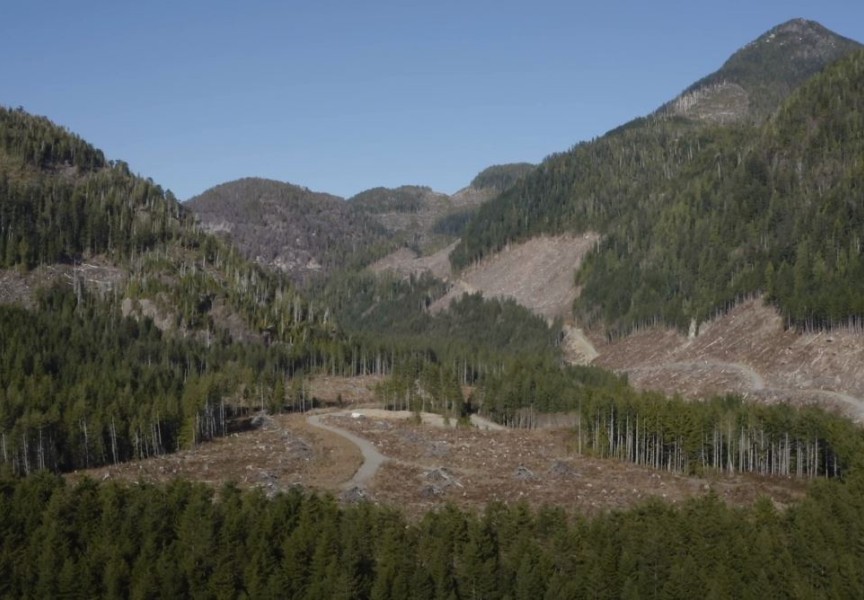It has been nearly 10 years since the Truth and Reconciliation Commission hosted its final gathering in Ottawa, presenting 94 calls to action as a guide for reconciliation between Canada and its Indigenous Peoples.
The Truth and Reconciliation Commission of Canada (TRC) was established as part of the Indian Residential Schools Settlement Agreement. Its purpose was to inform all Canadians about what happened in Indian residential schools and to document the stories of the survivors and those personally affected by the Indian residential school experience.
Over eight years the TRC commissioners travelled across Canada listening to the stories of 6,500 witnesses, hosting gatherings across the nation to engage the public and educate about the history and legacy of the Indian residential school system.
On February 5, 2025 the University of Victoria hosted a panel discussion called Hope and Determination: Reflections on 10 years of Truth and Reconciliation. The event promised to bring together UVic scholars and students to share their thoughts on how the TRC Calls to Action have changed relations between Indigenous people and the rest of Canada.
Facilitated by Ry Moran, associate university librarian for reconciliation, the panelists included John Borrows, professor in the Faculty of Law, Carey Newman, impact chair in Indigenous art practices in the Faculty of Fine Arts, and Andrea Walsh, the Smyth Chair in arts and engagement as well as an associate professor in the Faculty of Social Sciences.
A special guest was there to deliver the keynote address. Her Excellency the Right Honourable Mary Simon, the first Indigenous person to be appointed to be the Governor General of Canada, was warmly welcomed.
Simon recalled seeing children from her Nunavik home being taken away to residential schools. She praised the late senator Murray Sinclair, also an Indigenous person, for his leadership at the Truth and Reconciliation Commission.
“The TRC was a platform, a place to share our stories publicly,” she told the crowd.
When the TRC report came out and stories were released to the public, Simon recalled the reaction.
“Some said, ‘I did not know’.”
Years later, preliminary search efforts indicated that the remains of 215 children were buried in unmarked graves on the grounds of the former Kamloops Indian Residential School.
“Now, after all this work, it is no longer acceptable for anyone in Canada to say, ‘I did not know’,” Simon said.
But things are starting to change. Simon, sworn in on July 26, 2021, is from Kangiqsualujjuaq, Nunavik in Quebec, making her the first Indigenous person to be named Governor General of Canada. She is the 30th Governor General of Canada since Confederation.
Simon pointed to the progressive work UVic is doing in terms of advancing reconciliation. Included in these efforts is the development of a UVic Indigenous Plan and language revitalization work. UVic also offers an Indigenous Law program, the first of its kind. She mentioned decolonizing efforts made on campus, including the installation of the Survivors’ Flag and the recognition of Orange Shirt Day.
Outside of the university, Simon pointed to other national events that occurred thanks to the efforts of the TRC. For example, the historic apology by the Pope in Canada, the meeting with Canada’s Indigenous leaders and King Charles III before his coronation to renew relationships with the Crown, the creation of the First Nations University of Canada in Saskatchewan, and the first Inuit university which will be grounded in their culture and language when it opens in a few years time.
Panelist Andrea Walsh led the repatriation of artwork made by Alberni Indian Residential School children more than 50 years ago. The paintings were saved by the art teacher and returned to the artists following his death.
Walsh spoke of what these painting meant for the survivors and the stories that came from them. Stories of loneliness, longing for home and family and culture. One survivor said this painting is the only thing they have left of that time in their life.
Walsh said the survivors shared their memories when the TRC gathered their statements.
“These paintings were visual statements of their truth,” she said.
The paintings and stories are now permanently installed in Canada Museum of History.
Panelist and artist Carey Newman created the Witness Blanket as part of the TRC process. The Witness Blanket is like a quilt and is inspired by a comforting wool blanket. It is made of images of 880 objects collected from places like Indian residential schools, churches and government offices from across Canada.
“It stands as a national monument to recognize the atrocities of the Indian residential school era,” reads the Witness Blanket website.
“Watching people interact with the Witness Blanket, over 800 objects collected for the blanket, they focus on one object, because they make a connection,” said Newman.
The Witness Blanket is permanently installed at the Canadian Museum for Human Rights.
Newman teaches art in Victoria’s public schools. He says children play an important role in providing hope and inspiration. Newman recalled carving a totem pole at one of the schools and having students help out.
“A few years later I got to watch a new generation of students culturally preparing the pole for storage. That wouldn’t have happened pre-TRC,” said Newman.
John Burrows is a professor in UVic’s Faculty of Law – Indigenous Laws, the first of its kind in the world. He noted an example of progress made in the area of Indigenous child welfare organizations. He said the work they do is guided by their laws.
Burrows shared a story from his mother, who avoided Indian residential school.
“My mother ran away from home age 14 as her siblings were being taken away to residential school. She carried the burden of guilt for not being there to take care of her siblings,” he told the crowd.
His mother is now approaching her 90s and her memory is fading. She’s 88, but she still knows her songs.
“I have grandchildren, ages 6 and 4, and can watch them sing and dance and not have to worry about being taken away from home,” he said.

